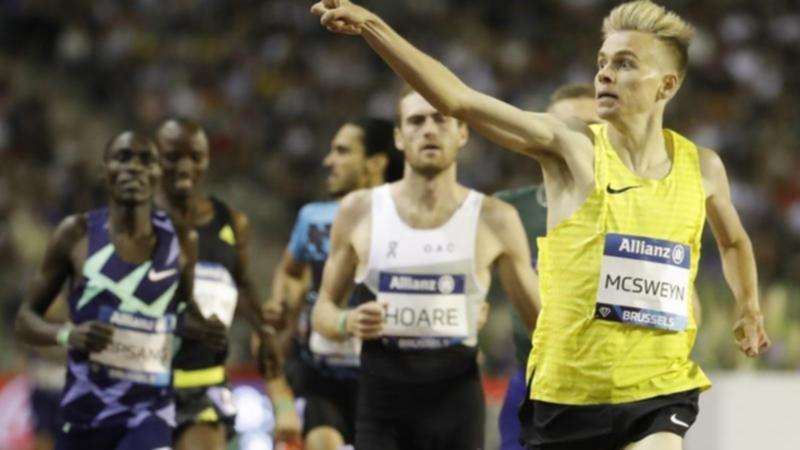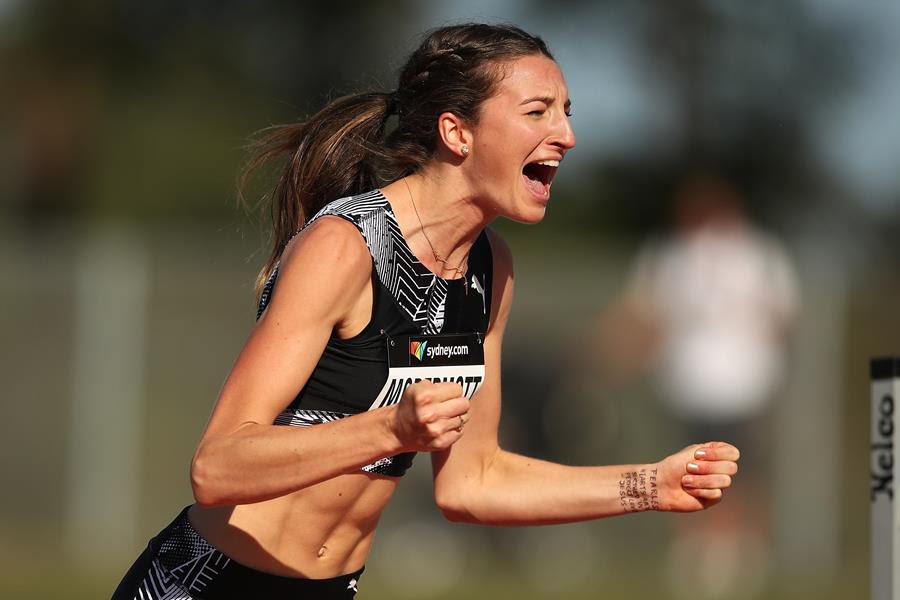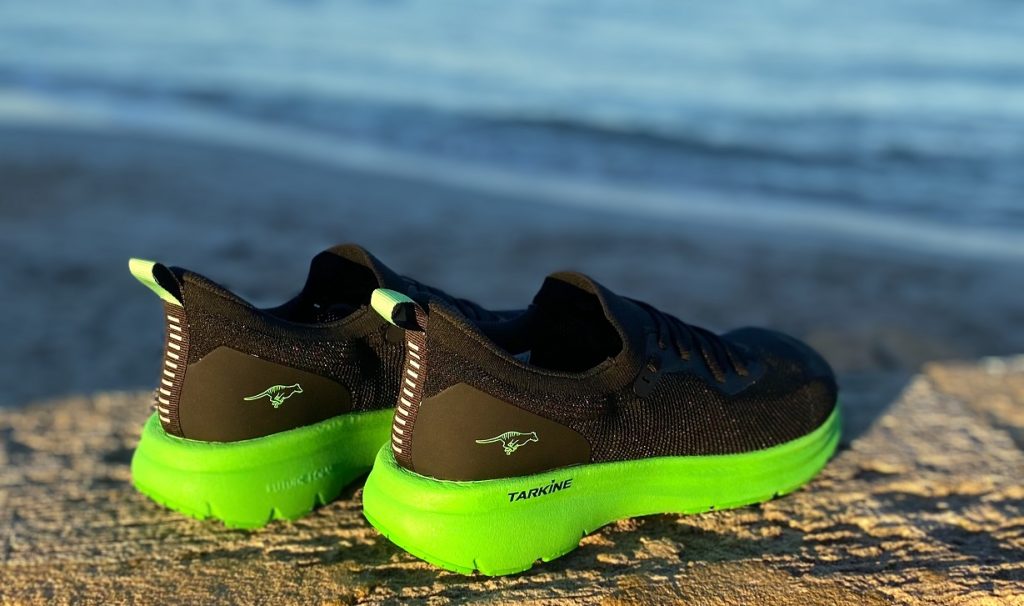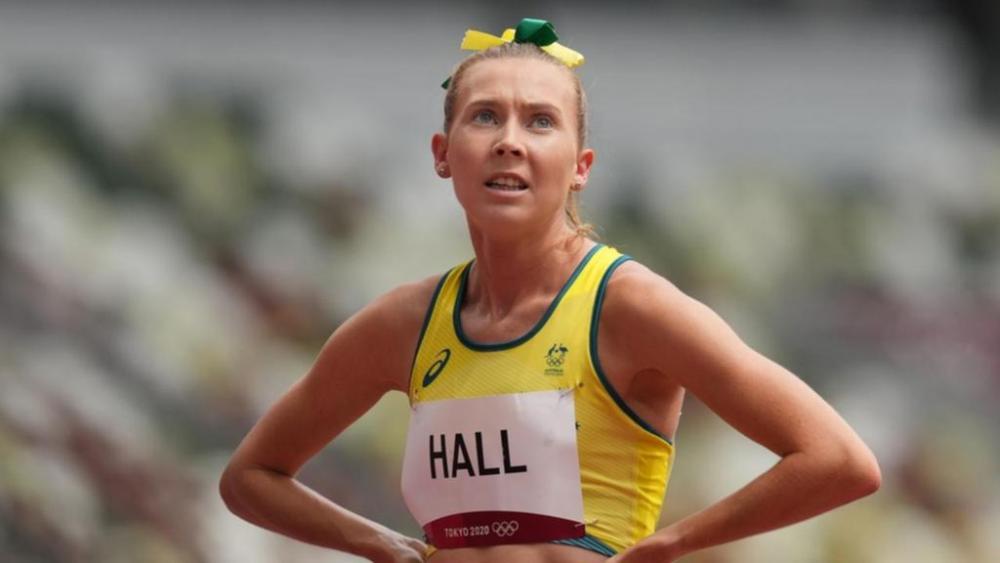By Len Johnson
When this column drew the curtain on 2021 with a look at the annual Track & Field News rankings, I commented it had been a notably strong year for Australian athletes. I hadn’t realised how strong until former Athletics Australia president Terry Dwyer drew my attention to the magazine’s analysis of the rankings.
Historically, such analysis has accompanied the rankings in the magazine’s first issue of the New Year. Even with the drip-feed of news that electronic publishing enables (or should that read, encourages), the analysis usually follows hard on the heels of the rankings themselves. It did this time, too, but not before I had already written.
A delay of just 24 hours would have allowed comment on one other highly significant statistic. Seeing Terry Dwyer pointed this statistic out to me, I’ll quote him now in announcing it.

“I note that in the T&FN annual world rankings Australia finished fifth in the men’s and tenth in the women’s – the men behind only the US, Kenya, Ethiopia, and Canada. Great Britain was . . . (equal) 20th. What an achievement by historical standards! Given the career stage of those who ranked in 2021 and early performances this summer by our emerging athletes suggest this year we might be even stronger.”
Quite so: I totally agree.
It must be pointed out that there are a number of statistics for measuring a nation’s performance – the over the year. The tally of rankings points is just one, though it is a broadly based one. There’s the medal table, for one, as well as many track and field statisticians preferred analysis – the top-eight table in which points are accumulated for athletes finishing in the top eight in each event.

Looking at the Tokyo Olympics, Australia finished tenth on the same table with a tally of 52 points, its best tally since the home Olympics of Sydney 2000 when we accumulated 61. Pleasingly, the contribution was spread across middle-distance, jumps, throw, walks and multis (men) and middle-distance, jumps, throws and walks (women).
These 14 top eights translated to just three medals, which placed Australia just 15th on the traditional medal table, but the broader the measure, the better Australia’s performance looked.
Australia was fourth on the overall medal table in Sydney (equal with third-placed China for total, but behind on gold medals). That followed a seventh in Atlanta in 1996 and was in turn followed by another fourth in Athens in 2004. Since then, however, it has been sixth, eighth, tenth and sixth, respectively, in Beijing, London, Rio and Tokyo.

Generally speaking, broad-based analysis often tells a different story to the more simplistic medal tally, broad-based statistics a slightly different tale again one from another.
There’s a further significance to the top-five (equal fifth, actually, with Poland) placing attained by Australia’s men on Track & Field News’s 2021 rankings. For the years leading up to Sydney 2000 and almost the entire period since, top-five status has been the stated goal set by the Australian Olympic Committee for the overall Australian team.

Though track and field fans would quite rightly argue that their sport is the most global of all the Olympic sports, athletics has rarely been a contributor to the top-five goal, in fact, it has been a net drag. And, in contribution by gender, it has been our male athletes have been a heavier drag on the chain than our females.
It was a far more even contribution this year. In fact, on the broad-based statistics, the contribution by gender was close to 50-50. Nicola McDermott and Kelsey-Lee Barber contributed two of the three medals, with Ash Moloney getting the third with his historic bronze medal in the decathlon. Of the 52 Olympic top-eight points, our female athletes had a solid, 29-23 edge.
 But, as I pointed out in my rankings column, it was our men who did better on that score. Australia’s combined tally in the rankings was 74 points, 40 to the men, 34 to the women. And the men finished equal fifth, the women equal tenth, in a tie with Poland on both tables (what are the odds?).
But, as I pointed out in my rankings column, it was our men who did better on that score. Australia’s combined tally in the rankings was 74 points, 40 to the men, 34 to the women. And the men finished equal fifth, the women equal tenth, in a tie with Poland on both tables (what are the odds?).
And that number ‘5’ gave the result just a little added lustre, not to mention having the likes of Jamaica (8, 36pts), Italy (=9, 31), Spain, France, Japan, Germany and Great Britain among many following behind us.
All in all, that’s a very sound basis on which to build towards the world championships and Commonwealth Games this year, next year’s world championships and the Paris 2024 Olympic Games.






























